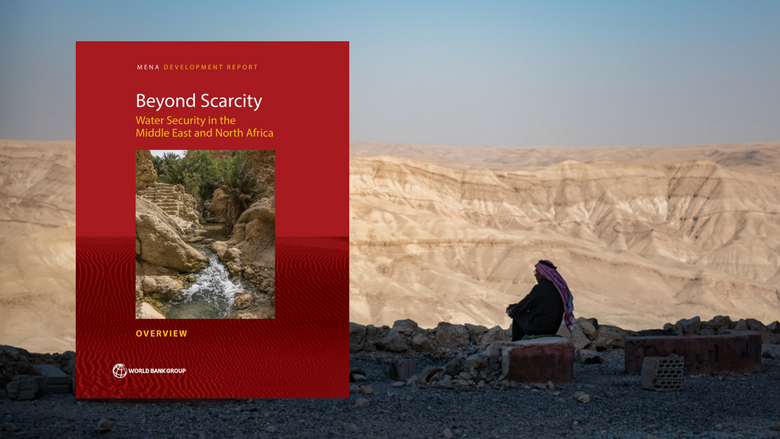Over the past 10 years, Jordan has pursued structural reforms in education, health, as well as privatization and liberalization. The Government of Jordan has introduced social protection systems and reformed subsidies, creating the conditions for public-private partnerships in infrastructure and making tax reforms. More work needs however to be accomplished so the focus on identifying steps towards enhancing the investment climate and ease of doing business can lead to concrete outcomes.
Adverse regional developments, in particular the Syria and Iraq crises, remain the largest recent shock affecting Jordan. This is reflected in an unprecedented refugee influx, in disrupted trade routes, and in lower investments and tourism inflows. The large number of Syrian refugees entering the country is having a strong impact on the country’s economy and social fabric. Other major challenges facing Jordan include high unemployment, a dependency on grants and remittances from Gulf economies as well as continued pressure on natural resources.
Jordan’s economy remains sluggish as growth slowed down in 2016 for the second year in a row — to an estimated 2 percent from 2.4 percent in 2015 — as geopolitical repercussions take a toll and as reflected in worsening labor market indicators. Economic growth is expected to marginally improve to an estimated 2.6 percent average over 2017-2019 anticipating improvements in tourism, exports, and the impact of investment climate reforms. Inflationary pressures appear after two years of deflation. Fiscal consolidation and monetary policy tightening are expected to continue.
On August 24, 2016, the IMF Board of Directors approved a three-year extended arrangement under the Extended Fund Facility (EFF) for Jordan to support the country’s economic and financial reform program. This program aims at advancing fiscal consolidation to lower public debt and broad structural reforms to enhance the conditions for more inclusive growth.
Moving forward, it will remain critical for Jordan to continue diversifying its energy supply in the medium term in order to reduce its macroeconomic vulnerabilities. Sound economic policies and growth-enhancing reforms will also be necessary to reduce the country’s sensitivity to external shocks. Finally, creating conditions for increased private investment and improved competitiveness will remain indispensable for Jordan to stimulate job-creating growth.
Last Updated: Apr 01, 2017






